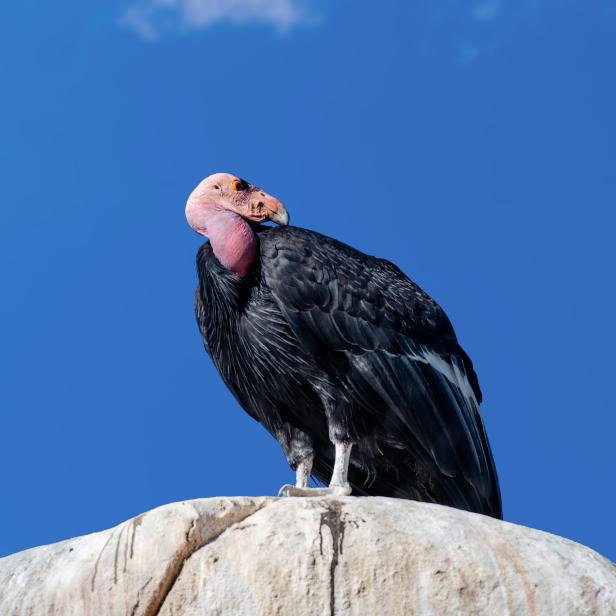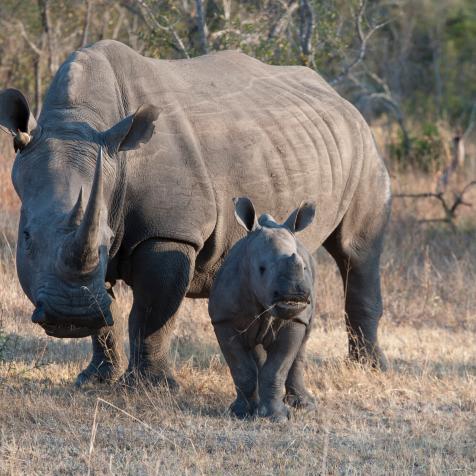
Weili Li
Condors are Missing in California’s Wildfire Blaze
A conservation success story in California has taken a turn for the worst following the catastrophic blazes that have swept the state over the past month.
Thanks to Ventana Wildlife Society’s breeding program in central California, the condors were finally returning to their natural habitat in Big Sur. However the Dolan Fire in Big Sur which has so far burned through 32,000 acres, exacerbated in part by the triple-digit heat wave over the Labor Day weekend, has all but destroyed the society’s efforts.
Current Events
In the last week of August, the sanctuary burned down and although there were no people or condors when the sanctuary caught alight, at least four of the birds were initially missing.
“We confirmed that two of the chicks in the four nests that were in the burn area, and the other two we have not been able to check,” Kelly Sorenson, executive director of Ventana Wildlife Society, told Discovery.
“We still have nine free flying condors that are missing. We are actively searching, but it’s also a lot of waiting. We’re not giving up hope yet.” Condors once ranged from Baja California all the way to British Columbia. But, in 1987, the last wild California condor was taken into captivity after decades of shooting, poisoning, and habitat destruction led to the birds’ decline. As part of a 10 year-long breeding program, the condors had been gradually returned to their natural habitat.
On September 3, the society announced it had located one of its chicks, Iniko, after fire authorities gave the green light to go into the Dolan Fire burn scar area and view the chick’s Redwood nesting tree.Iniko’s father Kingpin remains missing, but the chick’s mother Redwood Queen, was found by conservationists caring for her chick.
The fire burned just 10 feet below the nest cavity, yet Ventana Wildlife Society biologists, Joe Burnett and Darren Gross were overjoyed to find the chick and its mother alive and well. “We were not optimistic as we hiked through the fire’s devastation. To find Iniko alive and well is simply a miracle,” said Burnett.
Rise Up
The society has been trying to raise $500,000 to continue its work on restoring the species, although the fire will need to be contained before the society can resume its conservation efforts. "In central California, over the last two decades, there have been 41 nestings, each with one chick, and six of these birds experienced wildfire,” Sorenson added. “Five of the six survived, so it's hopeful for the birds currently experiencing the Dolan Fire.”
A fifth condor chick, #1033, was saved from her nest by the VWS-Pinnacles field team, who worked with the US Fish and Wildlife Service and Pinnacles National Park. The chick #1033, who is four months’ old, has been relying on only her father, “Puff Daddy” #219, as her mother “Wild 1” #231, disappeared last May. Chick has temporarily been rehomed at the Los Angeles Zoo where she will spend the next year until ready to be released back into the wild and reunited with her flock.
Big Sur Condors, A Conservation Comeback Story
Condors once ranged from Baja California all the way to British Columbia. But, in 1987, the last wild California condor was taken into captivity in order to preserve the species. Now, thanks to a breeding program in central California, the condors are finally returning to their natural habitat in Big Sur.



















